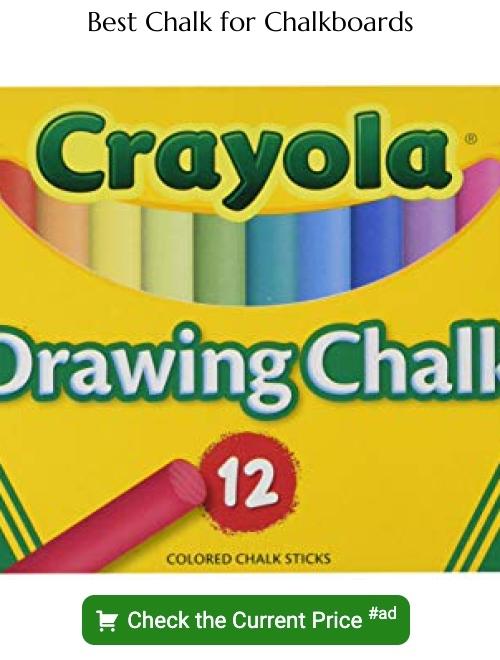Last updated on
Discover the differences between “chaulk” and “chalk,” and how to choose the right one for your project.
Key takeaways:
- “Chalk” is the correct spelling, “Chaulk” is a misspelling.
- Chalk is used in education, art, sports, industry, and agriculture.
- Chalk is soft, porous, and has low hardness.
- Remember the correct spelling by associating it with school and practicing it.
- The term “chalk” has origins in Old English and Greek, and has a long history of use in writing and art.
Common Misconceptions: Chaulk Vs. Chalk
The mix-up between “chaulk” and “chalk” often stems from phonetic spelling errors. While “chaulk” seems logical based on pronunciation, it’s simply a common misspelling. Real chalk is a soft, white, porous sedimentary carbonate rock, a form of limestone composed of the mineral calcite. It’s used in classrooms, sports, crafts, and even in agriculture.
Remember:
- “Chalk” is the correct spelling for the substance you write with on blackboards and use for other applications.
- “Chaulk” does not refer to any recognized substance or product and is a misspelling.
- Chalk’s versatility in use—from education to art—has kept the term in regular circulation, while “chaulk” remains a typical typo or a misunderstanding.
- Spell-check tools and a quick online search can help verify the correct spelling.
Chalk: Definition and Uses
Chalk, primarily composed of calcium carbonate, is a soft, white, porous sedimentary rock. Its unique properties allow it to be used in various applications:
- Education: Chalk is traditionally used by teachers for writing on blackboards, helping in visual instruction.
- Art: Artists appreciate chalk for its texture and blendability, particularly in sidewalk art and chalk pastel drawings.
- Sports: Rock climbers and gymnasts use it to dry out their hands for a better grip, while it also marks the playing fields in various sports.
- Industrial: In manufacturing, chalk serves as a filler in plastics and paint, and as a raw material in the production of cement.
- Agriculture: It adjusts soil pH levels, providing a beneficial environment for plant growth.
These uses demonstrate chalk’s versatility and importance in daily and industrial applications.
Composition and Properties of Chalk
Chalk is primarily composed of calcium carbonate (CaCO3), a type of limestone that originates from the skeletal remains of marine organisms like plankton and algae. Over millions of years, these remnants accumulate on the ocean floor, compressing to form a soft, white sedimentary rock.
Key properties of chalk include:
- Softness: Chalk is known for its friability, meaning it can be easily crushed into a fine white powder. This attribute makes it ideal for writing and art, as it readily leaves marks on rough surfaces.
- Porosity: It’s porous, allowing it to absorb pigments and other substances, which is why it’s also used in creating pastels and as a filler in paints.
- Low Hardness: On the Mohs scale, which measures mineral hardness, chalk has a rating of about 3. This low hardness contributes to its smooth texture and ease of use in various applications.
- Opacity and Color: Its natural white hue provides coverage and brightness, serving as a base in paints and as a reflective material in surfaces like a school chalkboard.
Understanding these characteristics helps to explain why chalk is preferred for educational, artistic, and industrial purposes.
Tips to Remember the Correct Spelling: Chalk
Memorize the correct spelling of “chalk” with these straightforward tips:
1. Associate the word “chalk” with school. Visualize a teacher writing on a blackboard to reinforce the link.
2. Break it down phonetically: [ch-awk]. Despite the temptation to add extra letters, remember that it sounds exactly as it’s spelled.
3. Practice writing the word multiple times, reinforcing the muscle memory for the correct sequence of letters.
4. Create a mnemonic related to the word’s meaning, such as “Children Have Art Lessons with Chalk,” emphasizing the ‘C‘ and ‘H‘ at the beginning.
5. Correct yourself immediately if you mistakenly write “chaulk.” Quick correction solidifies the proper spelling in your mind.
Etymology of “Chalk”: Origin and History
The term “chalk” stems from the Old English word “cealc,” a Latin loanword from “calx,” meaning limestone.
Tracing further back, “calx” is of Greek origin, from the word “khalix,” which refers to small pebble or stone.
Historically, chalk has been utilized for its properties as a writing tool on various surfaces, most notably blackboards, as well as for art in the form of pastels and as a material for sidewalk art.
The usage of chalk can be dated to prehistoric times where it served as one of the earliest substances for writing and drawing.
Over centuries, chalk’s application expanded into industrial uses, such as in the manufacturing of cement and soil treatment.
Interestingly, despite its extensive history and practical applications, the misspelling “chaulk” has become a common error, possibly due to variations in regional pronunciation.
Remember, the history of “chalk” is as rich as its usage, rooted in ancient languages and evolving over time.
Recap:





